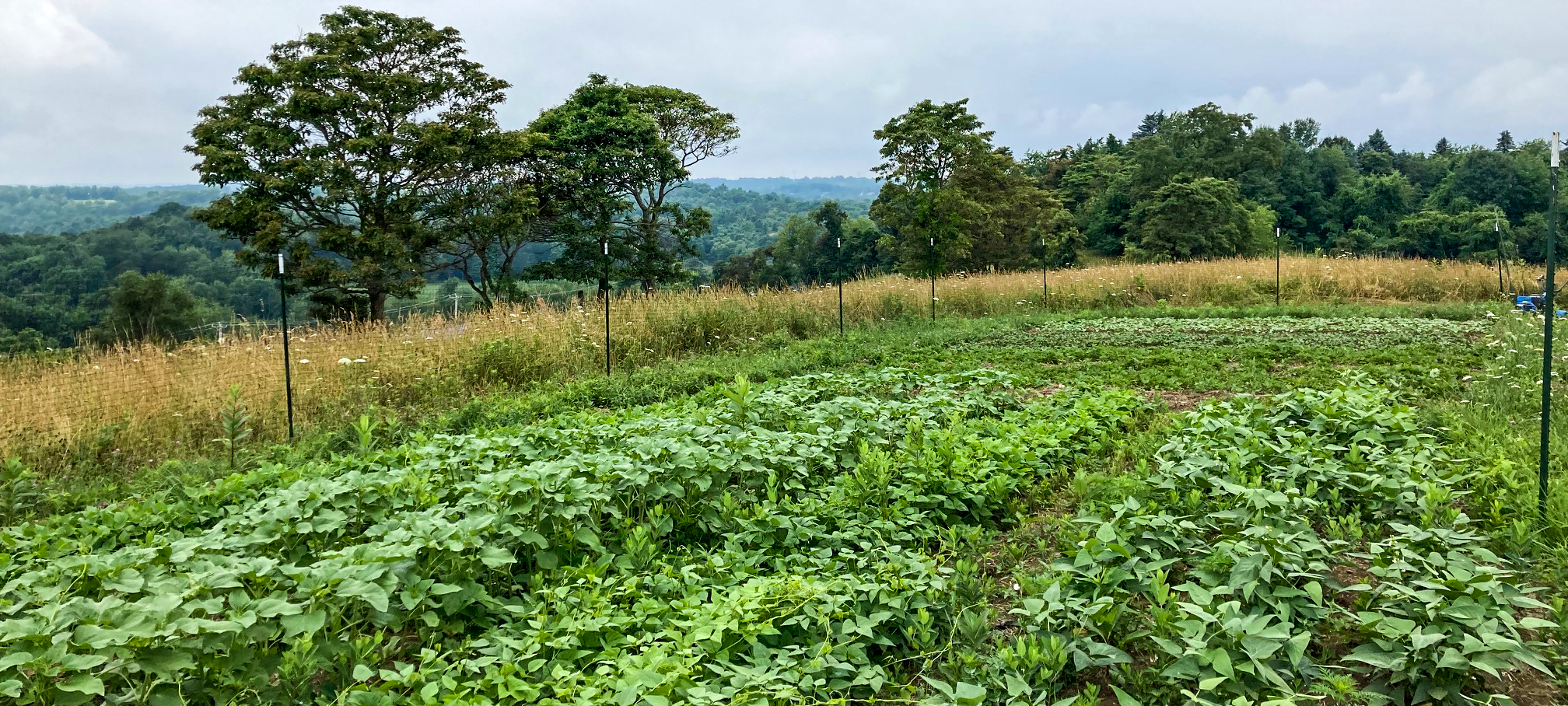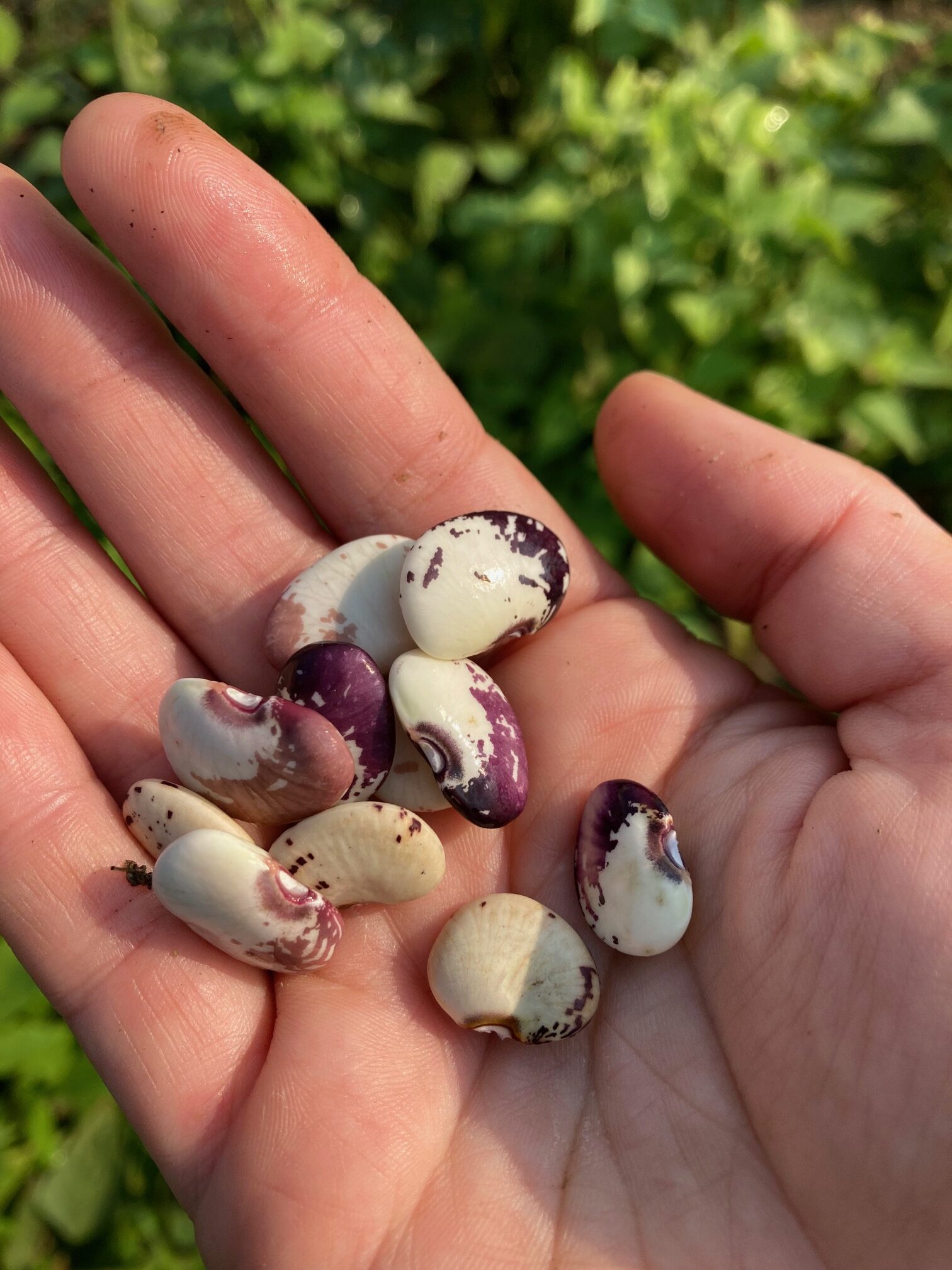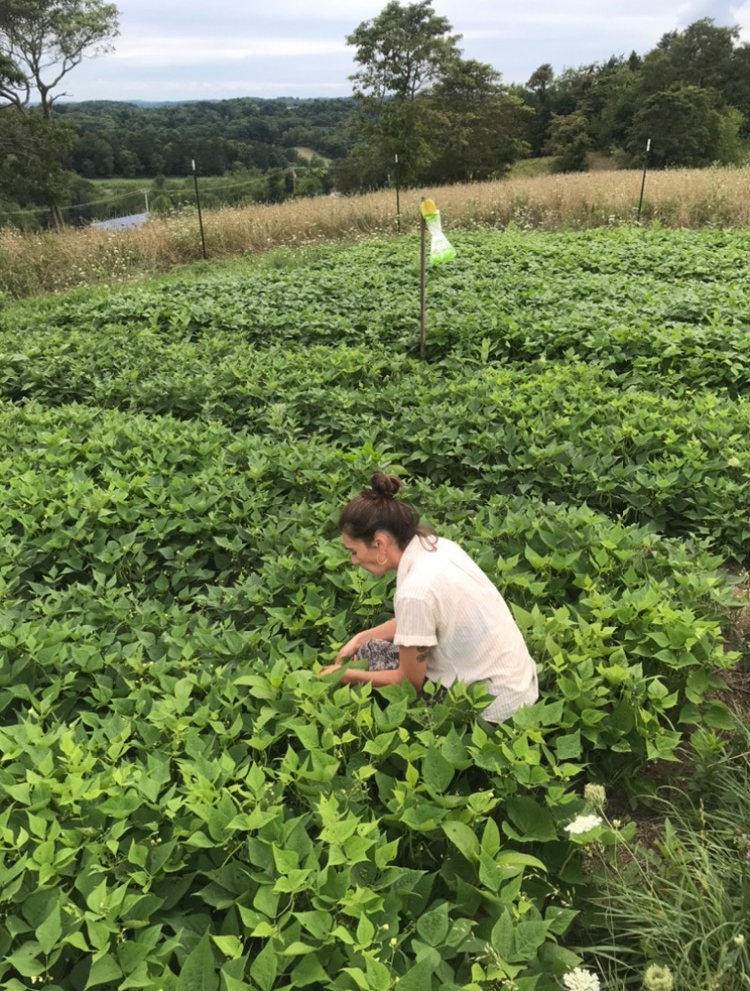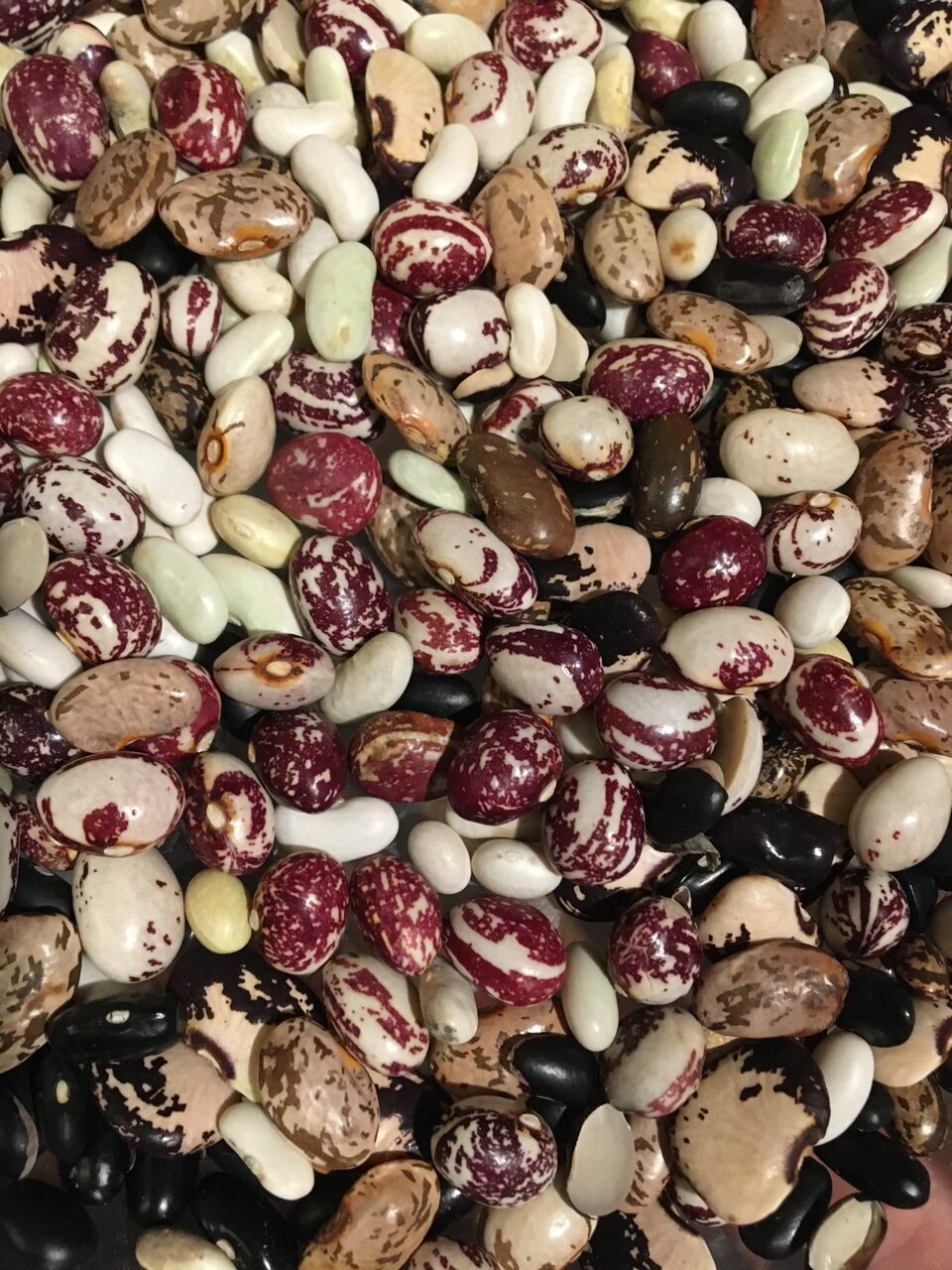
How to Support Local Farmers This Spring
By Emma Honcharski
March 23, 2023
As the weather slowly but surely gets warmer in Western Pennsylvania, farmers are gearing up for another growing season. Local vegetable lovers excitedly await the longer days, the farmers markets, and the opportunities to engage with the food system in a meaningful way. For farmers, the winter is a time for rest and rejuvenation, for planning and assessing what changes will be made for the upcoming seasons.
“There’s a lot of taking stock — do I have enough money for supplies and seeds? That’s why a lot of people do the CSA model, to have those resources upfront,” says Adrienne Nelson, a farmer and organizer for the National Young Farmers Coalition, about the shift from winter into spring. As an organizer for the National Young Farmers Coalition, Nelson works on finding policy solutions to address the barriers that keep the next generation from entering or staying in the agriculture industry.
Community supported agriculture (CSA) boxes are one of the best ways to support local farmers — think of them as a produce subscription, where you make an initial investment in the winter, and continue to benefit throughout the spring, summer, and fall with a hyper-local selection of vegetables each week. CSAs help ensure that farms have what they need to get plants into the ground by the beginning of farmers market season. By purchasing a CSA share, you can provide farmers with a sense of security and confidence in their work early on in the season.
“The weather has been changing drastically every year, so there’s a lot of guesswork and anticipation of when it’s going to be dry enough and warm enough to get into the fields to make sure there’s food ready by the first farmers market,” she says. She has over 10 years of experience working on farms herself, and works part-time for be.wild.er in Natrona Heights, a small market farm owned by Megan Gallagher.
Nelson says there’s misconceptions about what seasonality actually means — that many customers have the expectation that at the first few markets, they’ll see the full spectrum of what they find at the grocery store. “In the spring, farmers are rushing to make sure there’s abundance,” Nelson says, “there’s a lot of very calculated timing that goes into that.”
To experience the magic transformation from seed to food for yourself, you can support farmers by purchasing their seedlings in the spring. Whether you have a yard, an outdoor area for a container garden, or a sunny windowsill, you can grow some of your own food while contributing to a prosperous growing season for local farms. Starting plants from seed indoors may be overwhelming, so why not leave it to the experts?
Starting an at-home gardening project with seedlings is a great way to warm up your green thumb. Knowing that you’re growing the same plants as local farmers is a special way of feeling connected to our food system on a larger scale.
“I have to keep growing something,” Nelson says, “Once you start working with soil and growing food, it becomes a seasonal rhythm of life.”
She also runs her own bean growing operation in Aliquippa on land she rents from a family friend. She felt there was a gap in the market in terms of locally-grown beans, plus, they’re less labor intensive than many other vegetables while still producing a satisfactory yield. This fall, she’ll sell Black Turtle, Good Mother Stallard, and Flagoulet through the be.wild.er stand at the Bloomfield Farmers Market.
Learn more about the important work the National Young Farmers Coalition does, and find out about all of the ways you can support local farmers with your dollar and with your voice.




Leave A Comment